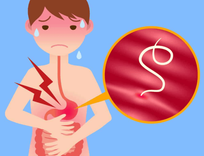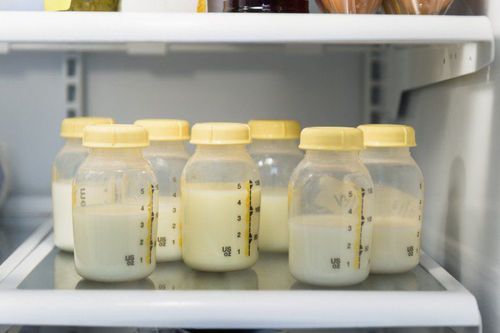The article was professionally consulted by Master, Doctor Trương Thành Tâm - Pediatrician - Department of Pediatrics - Neonatology - Vinmec Da Nang International General Hospital.
According to the World Health Organization (WHO), weight is one of the factors used to assess physical development in children. Accordingly, children at each developmental stage will have different standard weight ranges. Today's article will explore the weight of 3-year-old children.
1. Weight development process in children
Weight is an indicator of a child's nutritional status and physical development. The weight of children at each age should fall within a certain range, known as the standard weight. A child's weight exceeding the standard weight range reflects overnutrition and obesity, while a weight below the standard indicates malnutrition and underweight.
The weight development of children varies at different age stages. For newborns, weight increases rapidly after birth. By the time a child reaches 1 year old, their weight can increase by one and a half times compared to their birth weight. The weight of children gradually increases with age, so parents should regularly monitor their child's weight and compare it with the standard weight to assess their development. For example, for 3-year-old children, parents should monitor their weight based on the principle of "how much should a 3-year-old weigh," which helps mothers create appropriate nutrition and development plans for their children.
2. How much should a 3-year-old weigh?
The development of each child is different depending on various aspects of life, including genetic and environmental factors. Parents can determine whether their child is developing at a healthy weight by referring to the standard weight chart by age published by the World Health Organization (WHO). So, how much should a 3-year-old weigh? According to WHO, a 3-year-old girl should weigh between 10.8 to 18.1 kg, and a 3-year-old boy should weigh between 11.3 to 18.3 kg.
According to nutrition experts, children's growth varies at different stages, so if parents only rely on their child's weight at a single point in time, it will be difficult to determine whether the child is developing according to normal standards. Instead, parents should regularly monitor their child's weight, for example, by weighing the child once a month. If the child's weight is too high or too low compared to the standard, parents should consult a nutrition specialist for reasonable advice on care to help the child develop better.
For a 3-year-old to have an adequate and standard weight, the daily energy intake should be around 1200 – 1500 calories. The daily diet should ensure full nutrition and be divided into several small meals throughout the day. For example, parents can give the child 6 meals a day, with 3 main meals (breakfast, lunch, dinner) and 3 snacks to help the child absorb nutrients better.

3. Factors affecting a child's weight development
Identifying and adjusting the factors affecting a child's weight development will help parents take better care of their children, especially since the weight of a 3-year-old is a stage where the child is developing significantly in both physical and intellectual aspects. The factors affecting a child's weight development include:
3.1. Genetic factors
Research by scientists indicates that children always inherit genetic traits from their parents, and this factor is also considered to have a significant impact on the child's weight development. However, it is not the determining factor for the child's development, and the child is only affected by about 23% of genetic factors.
3.2. Nutrition and environment
Nutrition and the external environment are two factors that greatly influence a child's weight development. A diet lacking in nutrients will cause malnutrition in children, slowing their physical and intellectual development. So, how much should a 3-year-old weigh to have an appropriate diet? Parents should build a diet suitable for the child's current weight and each stage to help the child achieve the standard weight.
3.3. Medical conditions
Medical conditions negatively affect a child's development. For example, children with sickle cell anemia are often shorter and lighter than healthy children.
3.4. Care from adults
The care from relatives such as parents, grandparents, etc., always affects the child's overall development.
3.5. Mother's health during pregnancy
To ensure that the child is born with a standard weight and is healthy, the mother's health and diet during pregnancy are very important. The mother's diet needs to be nutritious, providing enough calcium, vitamin D, folic acid, and DHA. Additionally, the mother's mood should always be comfortable, as maternal stress can lead to delayed intellectual and physical development in the child.
3.6. Exercise and physical activity
Exercise and physical activity help children maintain a balanced weight and body shape, and avoid the risk of cardiovascular diseases such as diabetes or heart disease in overweight children. Therefore, parents should establish a suitable exercise and diet regimen for their child's development.
Please dial HOTLINE for more information or register for an appointment HERE. Download MyVinmec app to make appointments faster and to manage your bookings easily.













